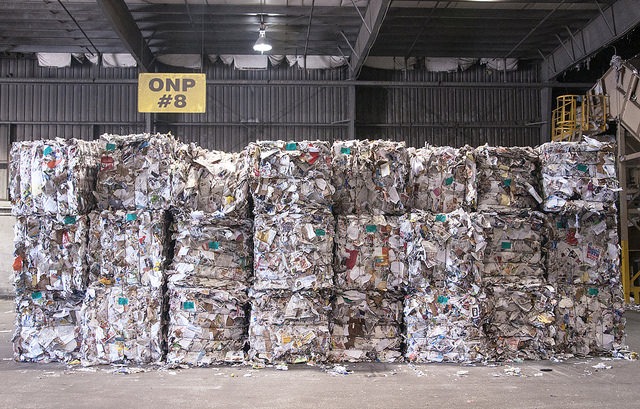 Glass,
Metal & Plastic Glass,
Metal & Plastic |
Unfortunately, only 9% of glass, plastic, and metal is recycled, with
the other 91% going to landfills.
Glass can be recycled a near infinite number of times. All that needs
to be done in the recycling process is to melt it down and reform it
into whatever article you need. Glass must be colour sorted since
certain colours can contain contaminates which may not be compatible
with what the finished product will be. Metal, like glass, can be
remelted and formed into new articles. Metal recycling is done primarily
through using scrap yards.
|
 Electronic
Waste Electronic
Waste |
Electronics contain toxic substances, and heavy metals.
Disposing of them ineffectively can impact the environment
through different ways like soil contamination, and harming
ecosystems and wildlife.
A major contributor to electronic waste is obsoleteness.
Consumers are encouraged to upgrade, and compared to their
counterparts fifty years ago, appliances are not built to last.
E-waste is sorted into three categories: White goods
(appliances), brown goods (TVs, camcorders), and grey goods
(computers, fax machines, scanners, etc.). White and brown goods
are less toxic than their grey counterparts, but there still is
no effective way to safely dispose of these items.
|
 Composting Composting |
The study of the effect compost has in the bioremediation of
contaminants in the environment began in the nineties and
continues to increase. It is a low-cost, easy technology to
employ. Any organic material will eventually decay. Composting
speeds up this process by creating an anaerobic environment that
decays the material. Compost is rich in nutrients and has been
used in agriculture for centuries.
You may have questions about what can or cannot be recycled.
Anything that comes from the ground can be composted, although
animal and food scraps containing meat, dairy/eggs, fats, oils,
etc. should not be composted, as they can cause pest problems.
Pet waste should also be avoided due to the risk of pathogens
being present in the composted material.
Processing food waste is a costly process. Composting is
beneficial not only because it reduces the amount of waste being
brought into landfills, but also because compost is nutrient
rich and can be used for agricultural purposes.
|

